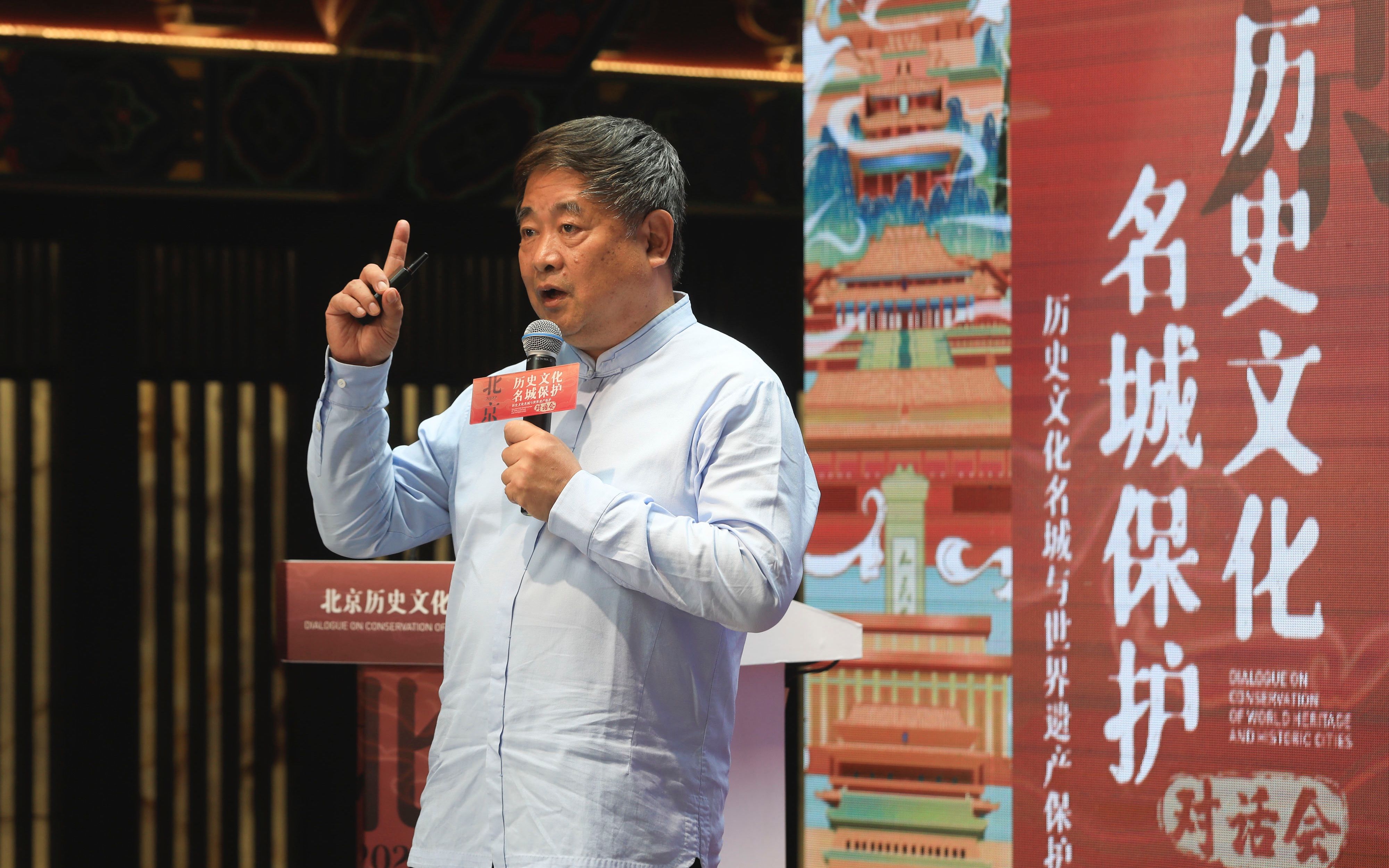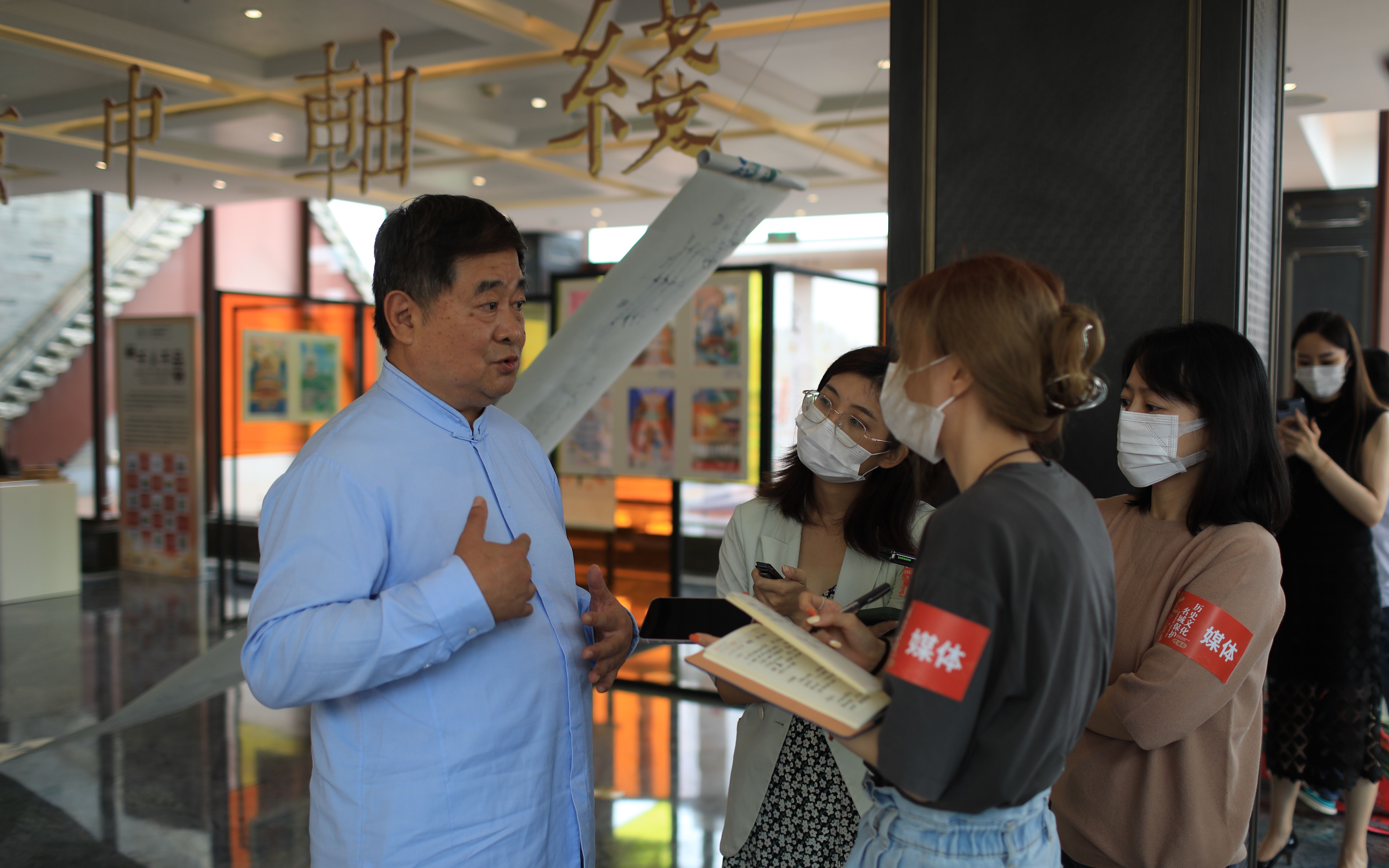Beijing News (Reporter Exhibition Shengjie) Today (August 7th), the 2022 “Beijing Historical and Cultural City Protection Dialogue” was held in Beijing. Xiang shared his experience in the revitalization, utilization and protection of the Forbidden City. He believes that the rational use of cultural relics buildings must meet the needs of today’s society, the nature of buildings and the functions they carry.

President of Palace Academy, China Shan Jixiang, president of the Society for Cultural Relics. Photo by Beijing News reporter Pu Feng
“In the past, most areas of the Forbidden City were closed, and 99% of the cultural relics were not displayed.” Shan Jixiang introduced, In recent years, the Forbidden City has carried out environmental renovation work and overall repair and protection projects. From 2002 to 2020, more than 1,200 buildings in the Forbidden City have reached a healthy and stable state. At the same time, the Forbidden City has continued to expand its open area. In 2015, the open area of the Forbidden City reached 65% , 76% in 2016, and 80% in 2018.
“In the past, people could only look at the corner tower from a distance, but now the corner tower is officially open to the public. The big stage has not been used for more than 100 years. However, after these ancient wooden structures were repaired, Normal use and frequent maintenance will make it healthier. Now it has become a part of our opera hall, where you can listen to traditional Chinese opera.” Shan Jixiang said.

Shan Jixiang is being interviewed by reporters. Photo by Beijing News reporter Pu Feng
When talking about the Beijing Central Axis application project, he told reporters that over the years, many people who have declared world cultural heritage The project has gone through a series of processes such as environmental remediation, exploration of heritage value, and enhancement of public awareness of heritage protection. “I think this process is very important. The success of applying for the World Heritage List is the goal, but not the fundamental goal. The fundamental goal is to make these cultural heritages respected by the whole society, truly integrate into people’s lives, and move towards the future healthily.”
< p>
He introduced that over the years, Beijing has made great efforts to apply for the protection of the Central Axis. cracked. “In the early 1990s, some old comrades told me that we had three major regrets: first, the shopping mall in front of the Bell and Drum Tower was too high, second, the Jishuitan Hospital blocked the “Yinding View Mountain”, and third, the Tianning Temple Pagoda was built next to it. A big chimney, now the first two problems have been solved.”
“The 1,500 meters from Jingshan to the Drum Tower are the most people-oriented and social. , Beiluoguxiang area is one of the most typical streets in Beijing that has never changed its texture since the Yuan Dynasty. To the west is Shichahai, which is a strict and lively area, attracting people to visit and punch cards, and it is also an area where many tourists enjoy Beijing-style culture. I think the application for the protection of the central axis is really a very meaningful thing.” Shan Jixiang said.
Editor Liu Qianxian
Proofreading Wu Xingfa